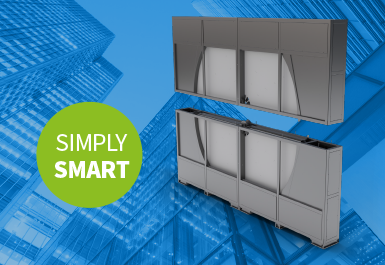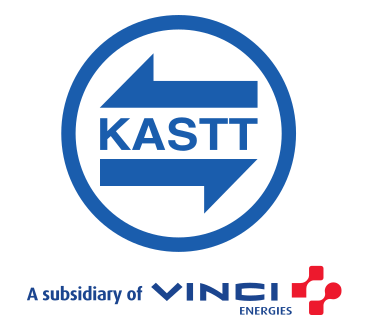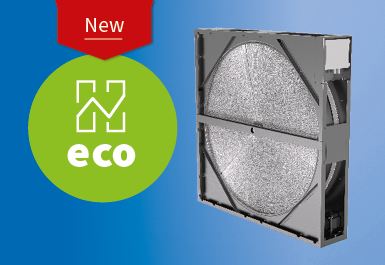
DRIVE, CONTROL AND REGULATION
The heat exchanger drive consists of an electric motor with a gearbox, pulley and belt. KASTT offers its product range of rotary heat exchangers with standard AC motors, special AC motors and modern step motors controlled by a dedicated control unit – a driver.
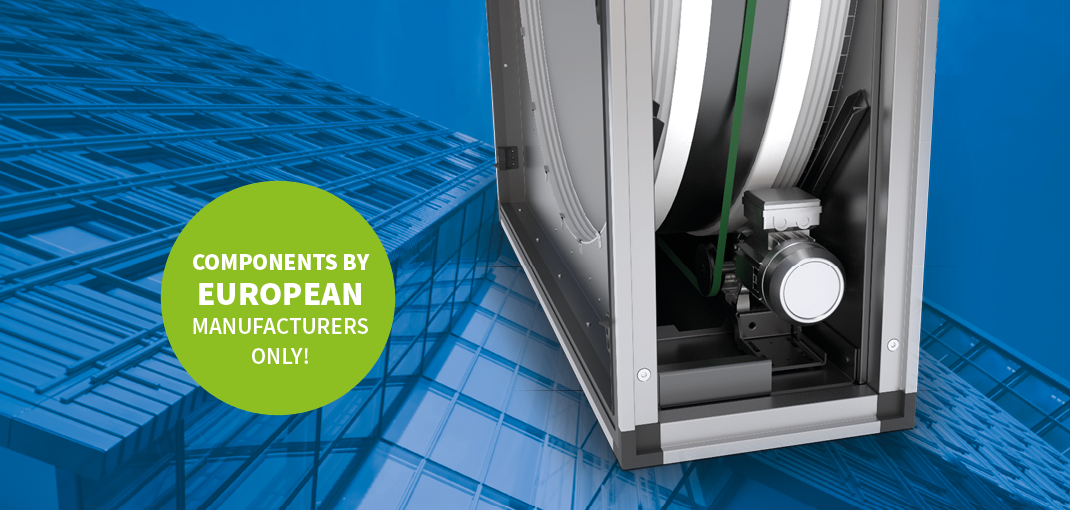
The heat exchanger drive consists of an electric motor with a gearbox, pulley and belt. KASTT offers its product range of rotary heat exchangers with standard AC motors, special AC motors and modern step motors controlled by a dedicated control unit – a driver.
The rotary heat exchanger output is controlled by changing the rotor speed. Speed control is possible using a frequency convertor of an asynchronous motor or by changing the voltage of the control signal (0 to 10 V) in the step motor driver.
Types of drives offered
Standard AC motor with a worm-gear system
- motor speed controlled by a frequency converter (range of 18 to 87 Hz)
- minimum rotor speed 2 revolutions per minute – standard solution
Special AC motor with bevel-helical gear
- motor speed controlled by a frequency converter (range of 5 to 120 Hz)
- minimum rotor speed 0.5 revolutions per minute – energy efficient, low operating costs
Special AC motor for explosive environment
- for applications with a risk of explosion
Step motor + driver
- motor speed controlled by voltage (0 to 10 V), maximum motor speed from 0 revolutions per minute – optimal output control

Do you like this product?
We will be happy to provide you with more information. Get in touch with us!
Other selected products

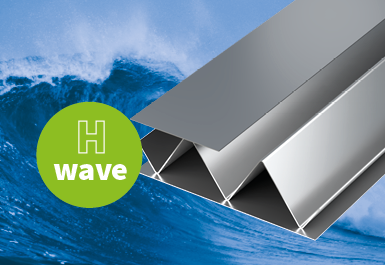
NEW H-WAVE ROTOR
